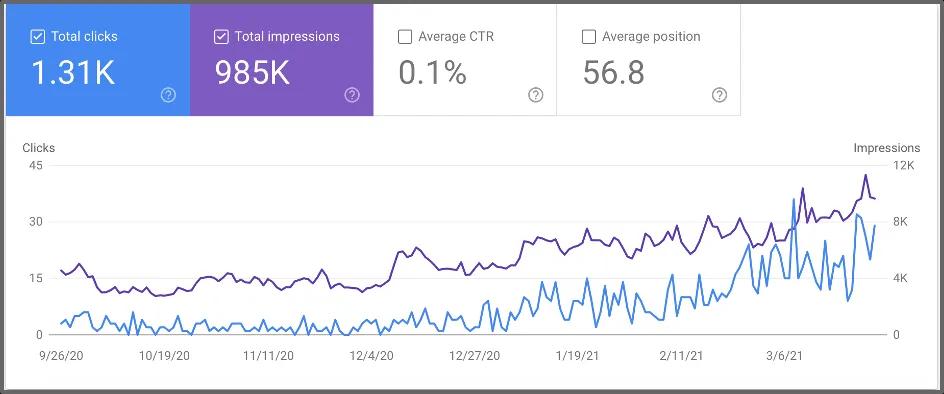The Power of Programmatic SEO: A Step-by-Step Guide

Programmatic SEO involves creating landing pages on a large scale to rank on search engine results pages (SERPs). It's sometimes referred to as pSEO. Each landing page starts from the same template containing the same elements (e.g., images, pricing, reviews, etc.). You then create variations of the same page using automated tools. Each page targets a different low-competition keyword.
Regular SEO vs. Programmatic SEO
Programmatic SEO and regular search engine optimization share the same goal: to get more organic traffic. But the way each aims to boost your site's visibility in search engines is different. Regular SEO is a set of processes to improve your website's visibility in search engines (such as Google). It's a long-term strategy with more focus on high-quality content.
Part of a regular SEO strategy is creating landing pages and blog posts centered around specific keywords. It's this part that differs the most from programmatic SEO. Content creation for regular SEO is a much longer process to create unique content. And it can target higher competition keywords.
Pros and Cons of Programmatic SEO
Programmatic SEO has a different approach than regular SEO. But pSEO is a legitimate way to get more traffic and conversions alongside your regular strategy. Here are some of the advantages of Programmatic SEO:
- Web pages are easy to scale once you build your landing page template
- You can target full categories of keywords and rank for all available searches with one effort
- Targeting low-competition keywords and ranking on Google increases your search visibility
- The more visibility and search traffic you get, the more likely you are to build backlinks
- Aiming at audiences that are ready to buy can result in more sales
The Three Pillars of Programmatic SEO
An effective programmatic SEO strategy focuses on low-competition keywords with the highest probability of converting. You then use those keywords to create high-quality landing pages full of unique content.
1. Low-Competition Keywords
Programmatic SEO focuses on targeting keywords with less competition to increase a page's chances of ranking. For example, "places to stay in Nevada" is a low-competition keyword that sites like Expedia, TripAdvisor, and Airbnb will target.
2. Search Intent
Search intent refers to the user's main goal when they land on your site. There are four main types of user intent:
- Navigational: Users look for a specific page (e.g., "Gmail login")
- Informational: Users try to learn more about a topic (e.g., "what is Search Console")
- Commercial: Users research before making a purchase decision (e.g., "best programmatic SEO tools")
- Transactional: Users try to complete a specific action or purchase (e.g., "buy ecommerce domain")
3. User Experience (UX)
A great user experience will keep and convert people who land on your page. But the automation that makes landing page scaling possible can affect your UX.
5 Steps to Implement a Programmatic SEO Strategy
A successful programmatic SEO process starts with researching your target audience and competitors, then choosing long-tail keywords that are relevant to your business. Once you know your keywords, build your landing page template. And optimize your user experience to convince visitors to convert.
1. Research Your Niche and Competitors
Research your niche to determine the format of the landing pages you want to create. Also, look at what your competitors do for more ideas.
2. Find Your Head Terms and Modifiers
Head terms are the top-level categories of keywords you'll aim for. Your modifiers turn your head terms into long-tail keywords.
3. Pick Your Long-Tail Keywords
Combining your chosen head terms and modifiers will create a huge list of long-tail keywords. Now, we need to consider search intent and those that are repeatable for landing pages.
4. Build Your Landing Page Template
You need one template to create thousands of copies of the same landing page. So, design and build one webpage to use as the base of your programmatic SEO project.
5. Optimize Your UX
Once they're live, your landing pages don't just need to be SEO-optimized. They also have to meet several UX standards to convince people to convert.
Ready to start your programmatic SEO journey?